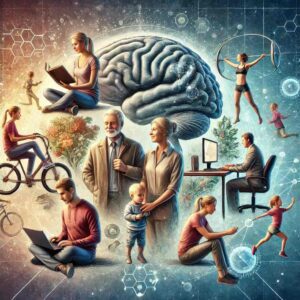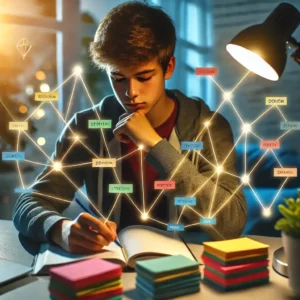We all love being around people who are great problem-solvers—the ones who stay calm under pressure, think things through, and find solutions without overreacting. Wouldn’t it be amazing if your child grew up with that same superpower?
Problem-solving isn’t just a skill—it’s a life-changing ability that equips kids to face challenges with resilience and confidence. Whether it’s tackling a tricky homework question, navigating a disagreement with a friend, or figuring out how to build the perfect LEGO tower, the ability to solve problems is essential for their growth and success.
In this article, we’ll dive into why problem-solving is so critical, what cutting-edge science says about developing this skill, and a simple, fun activity you can try with your child to help them build this superpower. Ready to set your child up for success? Let’s get started! 🌟

But here’s the challenge: How do we teach problem-solving in a way that’s engaging and enjoyable, not overwhelming? The solution lies in transforming everyday moments into opportunities for learning, guided by cutting-edge science and simple, effective practices.
In this article, we’ll:
🧠 Explore the science behind how children develop problem-solving skills.
🌱 Highlight the incredible benefits of teaching kids to embrace challenges and mistakes.
🎮 Share a practical, fun game you can use to nurture your child’s ability to think critically and creatively.
Ready to unlock your child’s potential as a confident problem-solver? Let’s dive in! 🚀
The Science of Problem-Solving 🧠
Problem-solving isn’t an innate talent—it’s a skill developed through practice, guided by proven principles in neuroscience and psychology. Here’s how science explains the key building blocks:

Problem-solving skills aren’t something children are born with—they’re developed through practice and support. Here’s how science explains it:
1. Predictive Processing Theory: Learning Through Feedback 🔄
Our brains act as prediction machines, constantly anticipating outcomes and adjusting based on the results. This process strengthens with repetition, especially when children actively engage in problem-solving.
- Why it matters: Teaching kids to make predictions hones their ability to think critically, evaluate options, and adapt to new challenges.
- Example: Instead of giving the answer right away, ask, “What do you think will happen if you try this?” This encourages them to test their ideas and reflect on outcomes.
2. Growth Mindset: Turning Mistakes into Lessons 🌱
Dr. Carol Dweck’s research shows that children who view mistakes as opportunities for growth develop resilience and perseverance.
- Why it matters: A growth mindset helps kids see problems as puzzles to solve, not obstacles to fear.
- Example: If your child struggles with a jigsaw puzzle, say, “I love how you’re trying different pieces and sticking with it!” This frames their effort as the key to success.
3. Zone of Proximal Development (ZPD: Stretching Comfort Zones 🚀
Lev Vygotsky’s ZPD theory highlights that children grow best when tasks are slightly beyond their current abilities but achievable with support.
- Why it matters: Gradual challenges encourage kids to take small steps toward mastery, boosting confidence and skill.
- Example: Start with small decisions like choosing between two snacks, and progress to larger ones, like planning a family day out.
Key Takeaway 🌈
Each time your child tackles a problem within this framework, they strengthen essential skills like critical thinking, adaptability, and resilience. These abilities empower them to approach life’s challenges with curiosity and confidence, setting the stage for success in school, relationships, and beyond.
How Developing Problem-Solving Impacts Your Child’s Life 🌟
Problem-solving is more than a single skill—it’s the foundation for personal growth, emotional stability, and lifelong success. Here’s how it transforms your child’s life:

1. Social Skills 🤝
Kids with strong problem-solving skills can resolve conflicts calmly and effectively, which strengthens their relationships.
- Example: Instead of fighting over who goes first in a game, your child might suggest, “Let’s take turns to make it fair.”
- What they learn: Empathy, communication, and teamwork. These abilities help them navigate social situations with confidence and mutual respect.
2. Academic Success 🎓
Problem-solving nurtures critical thinking and perseverance, which are essential for tackling academic challenges.
- Example: When faced with a tricky science project, your child learns to break it into smaller, achievable steps, like researching one section at a time.
- What they learn: How to approach challenges strategically, manage time, and celebrate progress, leading to improved academic outcomes.
3. Emotional Resilience 🌈
By solving problems, kids develop the confidence to face setbacks creatively and adaptively.
- Example: After spilling their drink, your child might say, “Next time, I’ll use both hands,” instead of getting upset.
- What they learn: Mistakes aren’t failures; they’re opportunities to grow. This builds resilience and a positive attitude toward life’s ups and downs.
Key Takeaway 🌟
Every time your child practices problem-solving, they’re doing more than resolving a single challenge—they’re building a foundation for success in all areas of life. Socially, academically, and emotionally, these skills empower your child to navigate relationships, excel in school, and face life’s hurdles with curiosity and confidence.
Now That You Understand the Science, Let’s Dive into Action! 🌟
Problem-solving isn’t just a skill—it’s an adventure! With Prediction and Feedback Loops at the core, you can turn everyday moments into powerful opportunities for learning and growth. This step-by-step activity is simple, effective, and adaptable for kids of all ages.

Why This Works 💡
This approach leverages cutting-edge science to:
- Encourage growth through effort-based praise.
- Foster critical thinking by focusing on predictions and outcomes.
- Support gradual progress by tailoring challenges to your child’s abilities.
Before you start, keep these three golden rules in mind:
📍 Tailor the activity: Choose scenarios that match your child’s interests.
📍 Focus on growth: Celebrate their effort and persistence, not just results.
📍 Go at their pace: Let the activity unfold naturally without rushing or pressuring them.
Step 1: Present a Slightly Challenging Problem 🔍
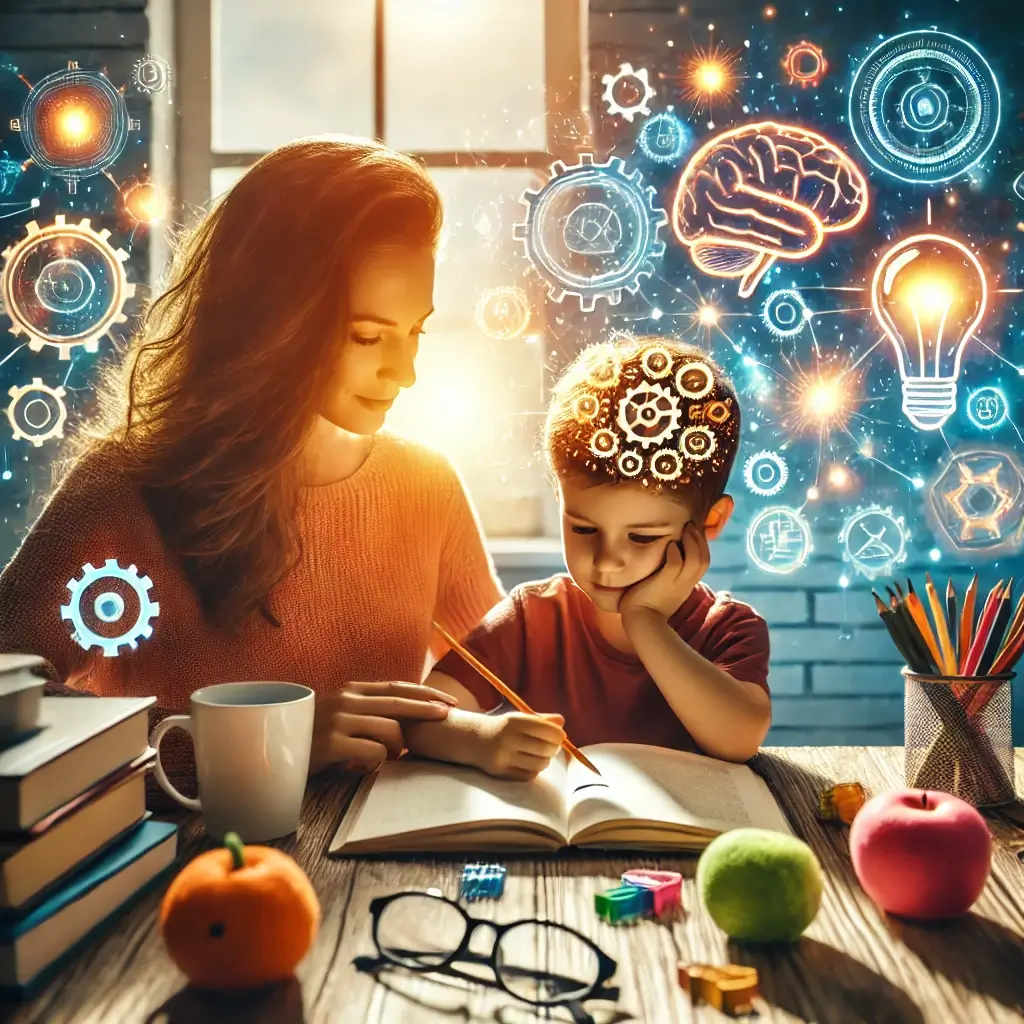
What to do:
Introduce a task that’s just beyond your child’s current skill level to pique their curiosity and stretch their abilities.
-
Why it works:
This taps into their Zone of Proximal Development (ZPD), keeping them engaged and motivated without overwhelming them. -
Example:
If your child has mastered 6-piece puzzles, offer them an 8-piece puzzle. If they’re confident choosing between two snacks, let them plan an afternoon activity with three options. -
Key Tip:
Frame the challenge as exciting: “This one’s a little trickier, but I think you’ll enjoy figuring it out!”
Step 2: Encourage Predictions 🧐
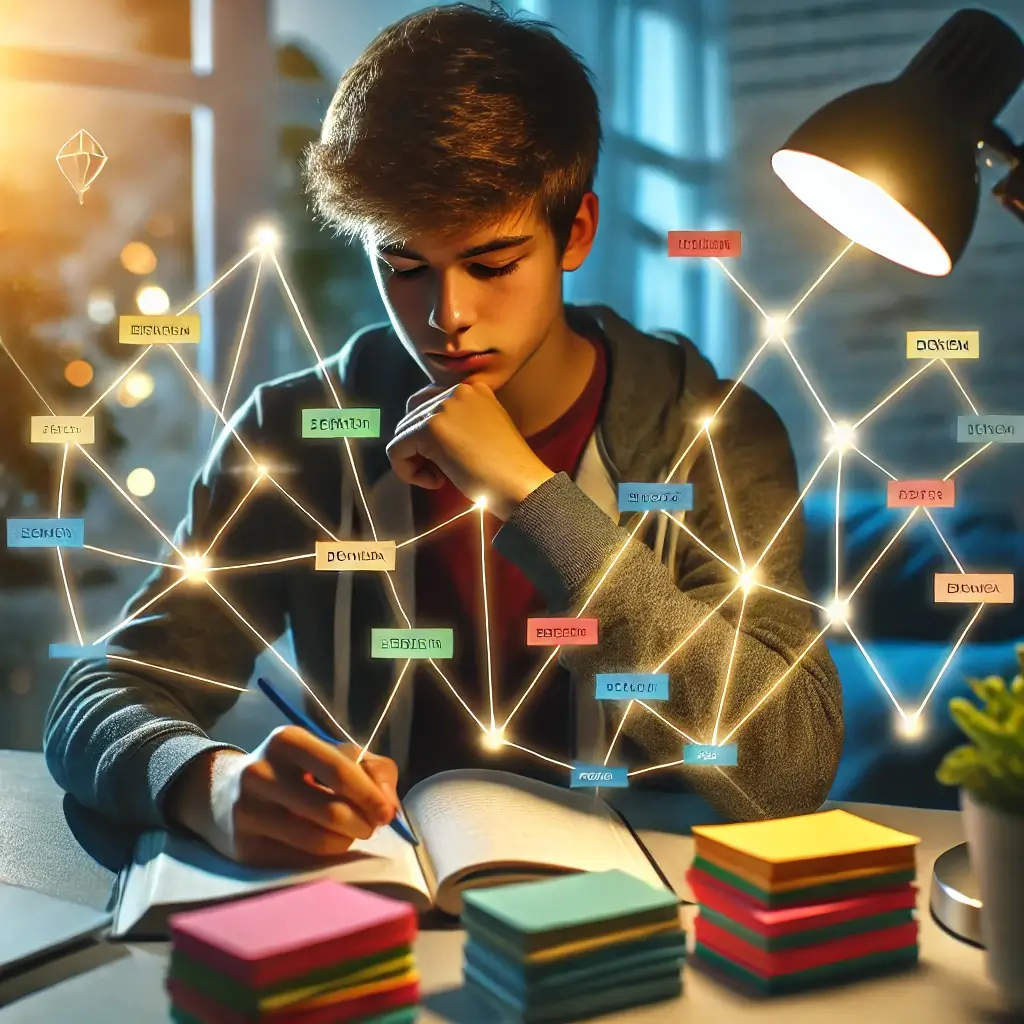
What to do:
Ask your child to predict what might happen or how they’ll solve the problem.
-
Why it works:
Prediction activates their critical thinking skills and gives them ownership of the process. -
Example:
“What do you think will happen if you try this puzzle piece here?” or “How do you think this plan will work out?” -
Key Tip:
Celebrate their guesses, no matter how wild. A lighthearted tone keeps the activity fun and pressure-free.
Step 3: Let Them Try and Reflect 🔄

What to do:
Allow your child to test their ideas, then take time to reflect together on what worked and what didn’t.
-
Why it works:
Reflection connects actions to outcomes, showing them how to adapt and improve. -
Example:
“What happened when you tried that piece? What do you think might work better next time?” -
Key Tip:
Guide their reflections with open-ended questions, like “What did you learn from that?”
Step 4: Allow Mistakes ✨

What to do:
Let your child make mistakes without stepping in to fix things immediately.
-
Why it works:
Mistakes teach resilience and adaptability, turning challenges into valuable learning experiences. -
Example:
“That piece didn’t fit, but look how many you’ve already figured out. Let’s keep trying!” -
Key Tip:
Normalize mistakes by sharing your own: “When I was learning, I made so many mistakes! It’s how we grow.”
Step 5: Celebrate Effort 🎉

What to do:
Praise your child’s persistence, creativity, and willingness to keep trying.
-
Why it works:
Effort-based praise reinforces a Growth Mindset, helping kids value the process over the result. -
Example:
“I love how you tried different strategies until you found one that worked!” -
Key Tip:
Be specific with your praise: “You showed great creativity when you tried a completely new way to solve this!”
Why This Practice Matters
With each step, your child strengthens critical thinking, adaptability, and confidence. They learn that problems are opportunities to grow and that their efforts—not just results—define success.
Dos and Don’ts for Teaching Problem-Solving ✅❌
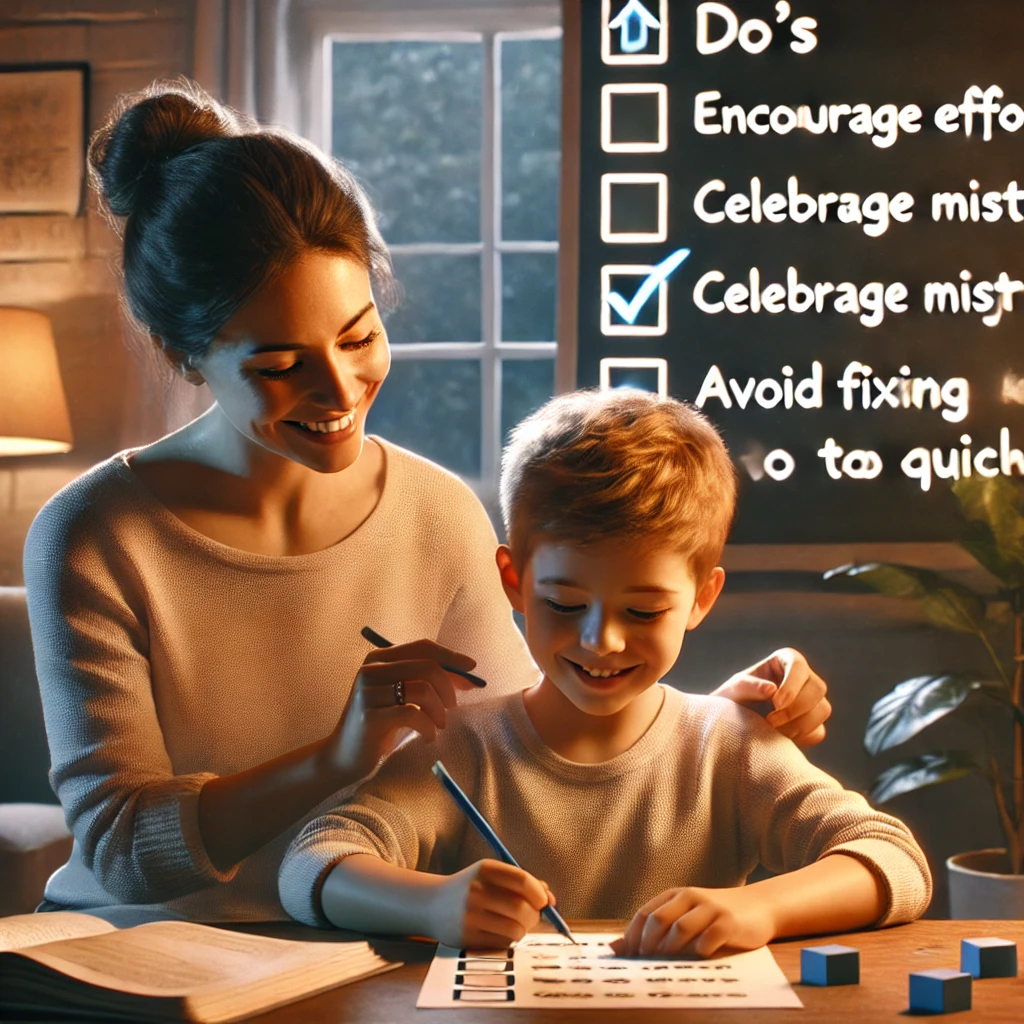
✅ Do: Encourage predictions and critical thinking. 🎯
❌ Don’t: Jump in to fix mistakes too quickly. 🚫
✅ Do: Celebrate persistence and effort. 🌱
❌ Don’t: Focus only on getting the “right” answer. 🔍
Final Thoughts: Empowering Problem-Solvers for Life 🌟

Teaching problem-solving is one of the most impactful gifts you can give your child. It’s not just about solving today’s challenges—it’s about equipping them with the tools to navigate life’s complexities with confidence and resilience.
Through simple, science-backed practices like Prediction and Feedback Loops, your child will:
- Learn to face challenges with curiosity and creativity.
- Build emotional resilience by embracing mistakes as learning opportunities.
- Grow into an independent thinker who sees problems as possibilities.
Every small success is a step toward a brighter, more capable future. With your guidance and encouragement, your child is on their way to becoming a confident, adaptable, and empowered problem-solver for life. 🌈✨
Found this guide on Problem-Solving Skills useful? Help others discover the Getting to Give Project by sharing it. Your support allows more parents to access cutting-edge, science-backed resources at no cost. 🌟 Thank you for reading! 💌
🎒 Suggested Practices by Age Group
For Younger Kids (Ages 4-7)
Stacking Blocks Game: Ask how many blocks they think they can stack before it falls. Let them observe and adjust their strategy each time.
Matching Games: Have them predict which shapes or colors will fit in a puzzle. Reflection builds pattern awareness and planning.
For Elementary Age (Ages 8-12)
Puzzle Solving: Have them predict how long it will take to complete a puzzle or which strategy might work best. Let them adjust as they go.
Simple Science Experiments: Predict outcomes, like mixing ingredients, and discuss what they learn. This builds curiosity and adaptability.
For Teens (Ages 13+)
Project Planning: Encourage predictions about project timelines or needed resources. Reflect afterward to build time management skills.
Real-Life Problem Solving: For Real – Life Problem Solving Skills help them predict solutions for personal challenges, like managing study time or budgeting. Each attempt builds practical skills.
📚 Further Reading
Predictive Processing Theory
- Predictive Processing: The Grand Unifying Theory of the Brain
This article explains how the brain uses predictions to interpret sensory information, offering a more efficient model of perception.
- An Introduction to Predictive Processing Models of Perception and Action
This paper provides a comprehensive overview of predictive processing models, discussing their implications for perception and action.
Lev Vygotsky’s Zone of Proximal Development (ZPD)
- Vygotsky’s Zone of Proximal Development
This article explores Vygotsky’s concept of ZPD, highlighting how learners develop skills with guidance and support.
- Vygotsky’s Theory of Cognitive Development
This resource delves into Vygotsky’s sociocultural theory, emphasizing the role of social interaction and culture in cognitive development.
Carol Dweck’s Work on Growth Mindset
- Developing a Growth Mindset
An insightful article on Psychology Today delves into Dweck’s research, explaining how embracing challenges and viewing mistakes as learning opportunities can foster lifelong growth. Psychology Today
- Mindset: The New Psychology of Success
In this book, Carol Dweck explores the power of mindset in personal and professional development, providing insights into how a growth mindset can lead to success. You can find more information about the book on Penguin Random House’s website. Penguin Random House














